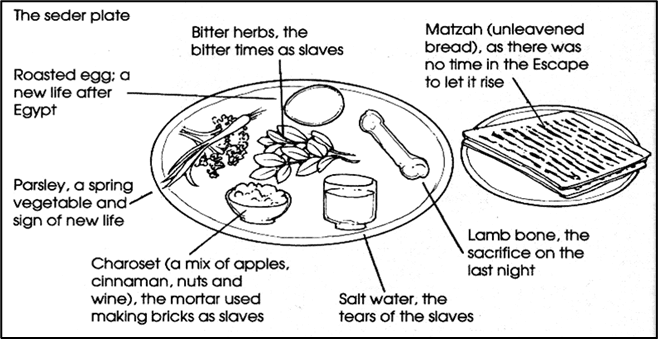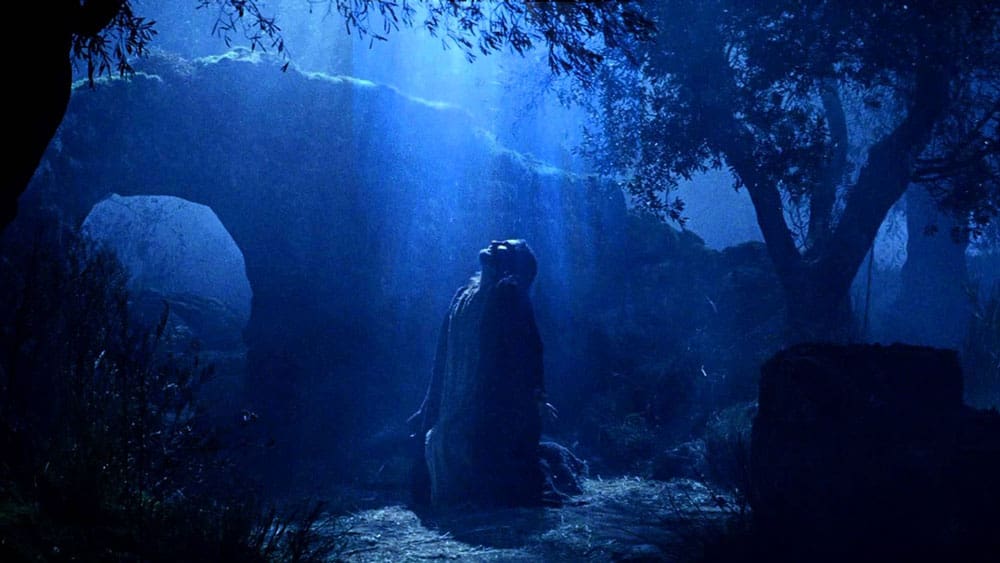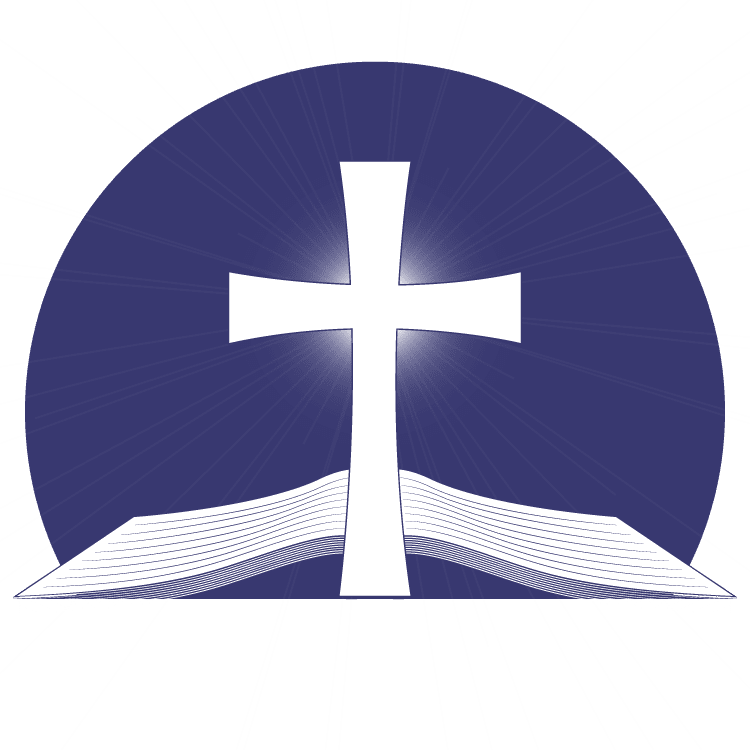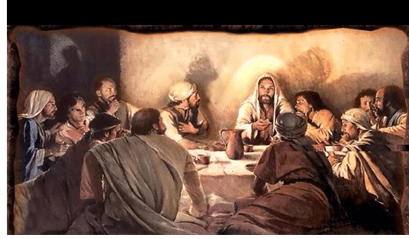Old Testament Reading – Exodus 12:1-28
New Testament Reading – Mark 14:12-26
“This Do in Remembrance of Me”
1st Corinthians 11:17-34
Wayne J. Edwards, Pastor
The two ordinances Jesus Christ instituted and established for His Church are:
- Baptism – celebrating our identification with Christ; demonstrating our willingness to die to ourselves and to be raised to new life.
- The Lord’s Supper – commemorating the means by which God secured our salvation.
- The unleavened bread – a symbol of the perfection of the Person of Jesus Christ – body, soul, and spirit.
- The fruit of the vine – a symbol of the propitiatory and substitutionary blood Jesus shed for our sins.
An ordinance is a “prescribed practice” – something that Christ commanded to be practiced in the Church.
- The Lord’s Supper is not an ordinance for a specific church or denomination – it is open to anyone who has openly confessed Jesus Christ as their Savior and Lord, and followed Him in believer’s baptism.
- It is not to be taken “lightly” or in an “unworthy manner” – to do so depreciates its value to the participant and defames its importance to other believers.
The Bible doesn’t describe the “Lord’s Supper” with the disciples sitting on stools around a long table, with Jesus in the middle and the disciples in their places beside Him.
- Mark 14:18 – “They were reclining at the table eating.”
- Tables were low, men sat on mats or cushions, leaned back on one elbow with their legs stretched out behind them, and ate their food with their right hand.
The Bible doesn’t refer to the meal as the “Lord’s Supper”, or the “Last Supper”, but rather a “Passover Meal”, or the “Breaking of Bread.”
- Passover was the oldest Jewish institution, second only to the observance of the Sabbath.
- Exodus 12 – God told the Israelites to kill a lamb, strike the lintel and two doorposts of their homes with blood, and remain in their homes all night. When the angel of death saw the blood, he would “pass over” their houses.
- God told the Israelites to repeat this activity every year as an “ordinance to thee and to thy sons forever.”
- For 1500 years, every Jew celebrated Passover, followed by the Feast of Unleavened Bread and the Feast of Firstfruits.
- Since Jesus came to “fulfill the Law”, He was careful to do what the Law required, including the Passover.
- Matthew 26:18 – Jesus told the disciples He would “keep the Passover”.
- Mark 14:15-17 – Jesus sent Peter and John into Jerusalem to find a man who had prepared a large room for them to eat together. “And Jesus disciples went forth and came into the city and found as He had said unto them, and they made ready the Passover. And in the evening, Jesus cometh with the twelve, and they sat and did eat.”
- God was setting the pattern for Jesus to follow to prove Himself as the final Passover Lamb whose blood would deliver us from our sins.
1. The Seder – An Order of Service – Deut. 6:20-23 “When your son asks, what are the testimonies, the statutes, and the judgments, our God commanded you, you will say to your son, we were slaves to Pharaoh in Egypt; and the Lord brought us out of Egypt with a mighty hand.”
If we read the Scriptures chronologically, rather than trying to fit the events into our traditions, we will see that Jesus observed the Passover with His disciples on the evening BEFORE the Passover began the next evening.
- John 13:1 – “Before the feast of Passover, when Jesus knew His hour was come that He should depart.”
- For Jesus to fulfill the “type” of the Passover Lamb, He had to be slain at the same time as all the other lambs – between 3:00 PM and 5:00 PM on the 13th of Nisan, which in that year was on a Wednesday.
- The events began late Tuesday afternoon and ended 24 hours later when the Feast of Unleavened Bread began, allowing Jesus to be in the grave 72 full hours.
- Assuming Jesus ate the customary Passover Meal, the food on the table would have been:

There were also four cups of red wine mixed with water, symbolizing the four promises God made to Israel in Exodus 6:6-7
- “I will bring you out from under the burden of the Egyptians” – God’s work of sanctification.
- “I will rid you of their bondage” – God’s work of deliverance as expressed by the plagues.
- “I will redeem you with an outstretched hand” – God’s work of redemption.
- “I will be your God” – God’s work of completion – restoring their relationship with Him.
- “Then you will know that I am the Lord, your God.”
2. The Savior – Matthew 26:26-28 – “While they were eating, Jesus took bread, gave thanks and broke it, and gave it to His disciples, saying, take and eat, this is My body. Then He took the cup, gave thanks and offered it to them, saying, Drink from it, all of you. This is my blood of the Covenant which is poured out for many for the forgiveness of sins”.
Just as God brought Israel out of Egyptian slavery by His mighty power, God has brought us out of spiritual slavery to this sinful world, through the blood of Jesus Christ.
- Washing the disciple’s feet symbolized Him as God’s Servant sent to redeem lost man – Philippians 2:7-8
- The Unleavened Bread symbolized His body that would suffer for our sins – Isaiah 53:1-11
- The Red Wine symbolized His blood as the only agent that could cleanse us of our sins – 1 Peter 1:18-21
- Jesus gave the “third cup” to the disciples – the cup of redemption, and told them to “Drink ye all of it” – for that was what He had come to do.
- Jesus did not drink of the fourth cup – the cup of completion, for He will not drink of the vine again until the day He drinks it with us in the Father’s kingdom.
Jesus commanded His disciples to follow this ordinance and to teach others to observe all He had commanded them.
- Hebrews 10:25 – believers are commanded to “not forsake the assembling of yourselves together.”
- Partaking the Lord’s Supper is also a command to believers.
- A failure to worship God with other believers and a failure to partake of the Lord’s Supper is to disobey a direct, imperative command from the Lord Jesus, and such a decision will not be without severe consequences.
3. The Supper – 1 Corinthians 11:26 – “For as often as ye eat this bread and drink this cup you do show the Lord’s death till He comes.”
Jesus established this ordinance to remind us to give thanks for His sacrificial death for our sins until He returns, but we must practice it in truth – Acts 2:42-47.
The three views of the elements of the Lord’s Supper.
- Transubstantiation – the bread and juice become the literal body and blood of Jesus – Catholics
- Consubstantiation – the bread and juice remain what they are, but the presence of Christ rests upon them when we use them to worship Him – Lutherans
- God-ordained Symbolism – the bread and juice remain what they are, but they serve as emblems or symbols of the literal body and blood of Jesus Christ – Protestants, Evangelicals, Congregationalists
Jesus instructed Paul to warn us not to partake of this ordinance in an unworthy manner, lest we bring a greater judgment upon ourselves. He told us to examine ourselves:
- By looking backward – to remember that day when we received Jesus Christ as our Savior and Lord.
- By looking inward – to see if we are truly growing in the grace and knowledge of the Lord.
- By looking upward – to see if we love the Lord with all our heart, all our soul, all our mind and all our might.
- By looking outward – to see if we are truly manifesting Christ to everyone we meet.
- By looking forward – to see if we are truly longing for the day when He returns, and if we are truly ready to meet Him face to face.

“Jesus went a little farther
and fell on His face, and
prayed, saying, ‘O My
Father, if it is possible, let
this cup pass from Me;
nevertheless, not as I will,
but as You will.’”
Matthew 26:39








